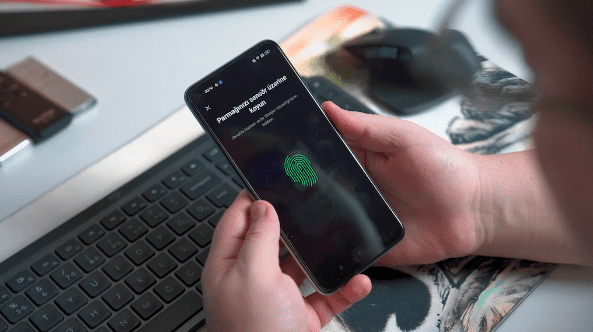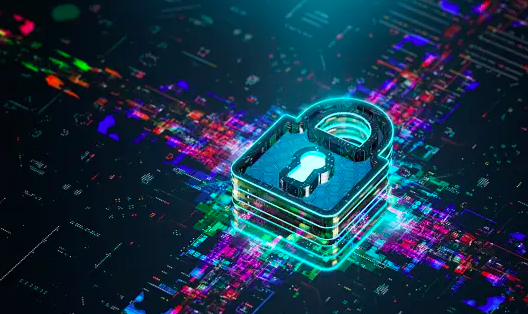With technological advancements and increased digital presence comes the need to establish more security to control access to online services and products. Increasing data breaches and identity theft cases have made it more difficult for organizations and individuals to establish trust online.
Most service providers try solving these problems through measures that vouch for authentication and identification.
Identification and authorization are some technical terms that people use interchangeably in their discussions on identity and access management. Unfortunately, this can only apply in casual discussions but not serious digital security discourses, where these terms mean two different things.
While the difference may not matter in casual conversation, it matters in technical conversation because recognizing and solving security issues relies on effective labeling.
Authentication versus Identification What’s the Difference?

Top-notch digital security for server owners and users requires careful consideration regarding concerns around authentication vs. identification. These two closely related terms mean two different things:
Identification

In the simplest language, identification is simply the process of claiming to be a specific person. Identification helps to know who the user is through identity proof to ensure no unauthorized individual accesses sensitive information. This process employs such tools as a user ID, account name, email address, et cetera, and ensures only a specific person has certain privileges.
In social media, for instance, the account holder is the only person entitled to view an account’s private messages. In a business context, identification defines the applications and data a specific user can utilize. Those who cannot be identified as existing and recognized users will be locked out.
Authentication

Authentication refers to how the user proves they are the legitimate account holder. By identification, a user claims to be a specific person and is like answering the question, “Who are you?” After responding through their email address, user ID, or phone number, the server owner or the enterprise have the burden of proof.
In conducting authentication, the business asks the identified customer, “Are you really who you claim to be/ prove it!”
The user responds by providing a certain piece of information at their disposal, known as an authenticator. Most systems employ three types of authenticators. They include something a user knows, such as a password or security question; something a user has, such as an ID badge or license; and something the user is, such as facial recognition or biometric data. Tips For Understanding Authentication And Identification
With what we have discussed so far, it is clear that these two closely related terms are different. These seven tips will help you understand the difference:
1. Access Granted

Identification grants a user the privilege to access the system. This is always after they have claimed to be a particular individual that the system recognizes as a user. On the other hand, authentication grants a user the privilege to utilize the resources in the system.
After proving to be who they claim to be, authentication grants a user access to use all the resources accessible to that particular user they have proved to be.
2. Verification vs. Validation
In identification, users are validated. By providing the right and recognized user ID, phone number, or email address, a user is validated as the potential holder of a recognized account. When it comes to authentication, the users are verified.
They have identified as specific persons that the system recognizes, but the system goes a step ahead to prove they are the person they claim to be.
3. The Order In Which They Come
The occurrence order is another helpful tip for understanding the difference between identification and authentication. With the information hitherto provided, you already understand this very well. Identification typically comes first, and after being recognized as an existing user, the system prompts the need to authenticate if you are the real user of a crook through various authentication tools.
4. Requirements

The requirements for identification and authentication also differ. Identification typically requires proof of holding an existing account or user privileges. Therefore it requires such tools as a username, email address, phone number, et cetera.
On the other hand, authentication requires tools to prove authenticity and the right to access the identified account. These tools include passwords, biometric data, security questions, et cetera.
5. Who Initiates It
The user usually initiates the identification process by providing their user ID, such as username, phone number, or email. The system initiates the authentication process by prompting the identified user to provide a relevant authenticator, usually a password, facial recognition, biometric data, et cetera.
6. Token Of Transmission
Identification and authentication also differ through the token of transmission. Whereas identification transmits information through an ID Token, authentication transmits information through an Access Token.
7. Consequences of Breach
The breach of identification and authentication requirements also has different consequences. Breach, as used in this respect, means failure to provide the correct requirement. When you fail to provide the right details for identification, the system will simply tell you that the account does not exist.
However, if you have the right user ID and the wrong authenticator, the account holder can be notified of suspicious activities and subsequently suspended after multiple attempts. When the user is suspended, they will need verification to regain access.
Conclusion
Many people use Identification and authentication interchangeably in casual, informal discourses. However, these two terminologies are independent and separate regarding the technical understanding of digital security.
They are, however, very close, complimentary, and follow in quick succession. Several tips can help you be at ease when it comes to identifying the two, and these tips have been discussed in detail in this article.




























